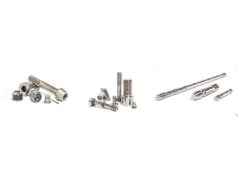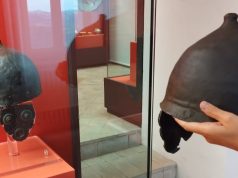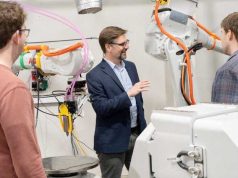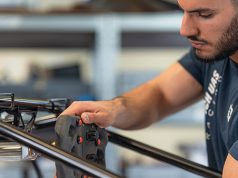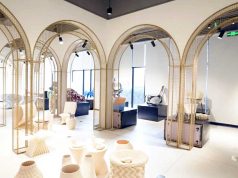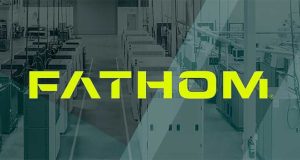Lithoz, a leading provider of 3D printing systems for high-performance ceramics, has recently delivered a CeraFab System S65 machine to WZR ceramic solutions. This move is set to aid in the production of “green hydrogen”, a key element for the energy transition.
The CeraFab System S65, known for its industry-leading performance, has been installed at the facilities of WZR ceramic solutions in Germany. It will support a project being conducted in partnership with the German Aerospace Center (DLR), aiming to generate green hydrogen via a solar-thermochemical process.
Dr. Johannes Homa, CEO of Lithoz, emphasized the company’s commitment to such projects: “Lithoz is committed to supporting projects like this using the industrial standard of LCM technology to make zero-emission societies a reality!”
The method for solar thermal redoxchemical production of hydrogen utilizes 3D-printed receiver modules made of cerium oxide. As a ‘receiver module’, the cerium oxide assembly is heated up to 1,400 – 1,500 degrees Celsius. An ideal lattice design ensures that heat penetrates as deeply as possible into the complex part’s structure, making the process as efficient as possible.
Within this desired temperature window, cerium oxide releases a fraction of oxygen to the atmosphere. The resulting sesquioxide is still stable in its original phase but it has a higher redox chemical energy level which can now be exploited. After activation, the cerium sesquioxide receiver module is moved down inside the tower powerplant and cooled down. Once it reaches a certain temperature, water vapor is introduced.
In contact with the hot surface, the vapor splits into hydrogen (H2) and oxygen (O2), thermodynamically driven by the diffusion of oxygen into the material bulk to refill the “empty oxygen sites”. H2 remains and enriches the sweeps flux.
After this relaxation, the receiver component can re-enter the reduction process by heating it up again – the cycle restarts from the beginning. The aim is to achieve a specimen stability of several thousand redox cycles. The resulting ‘green’ hydrogen has therefore been exclusively generated by a redoxchemical process only made possible by solar energy and a 3D-printed ceramic key component.
Subscribe to our Newsletter
3DPresso is a weekly newsletter that links to the most exciting global stories from the 3D printing and additive manufacturing industry.







